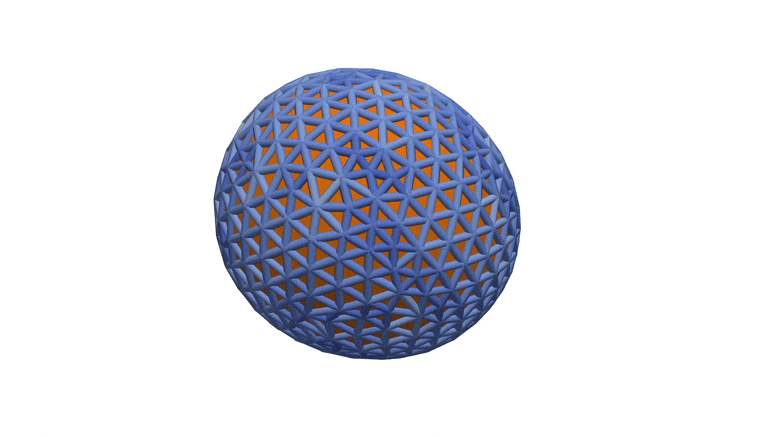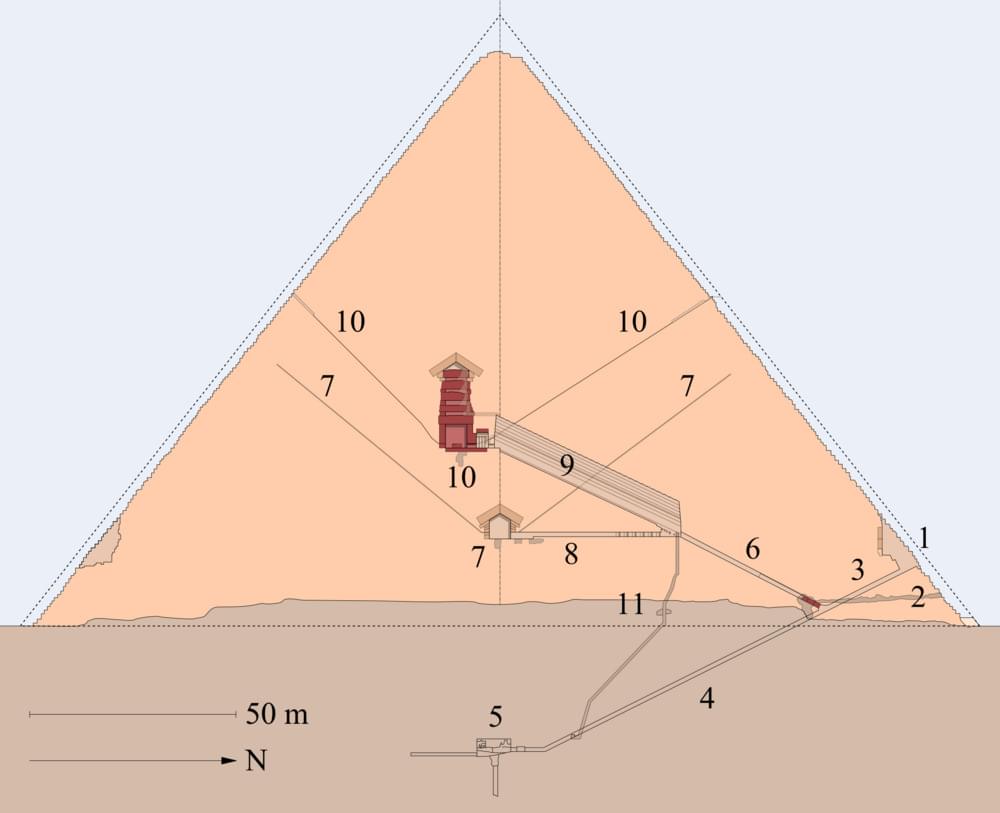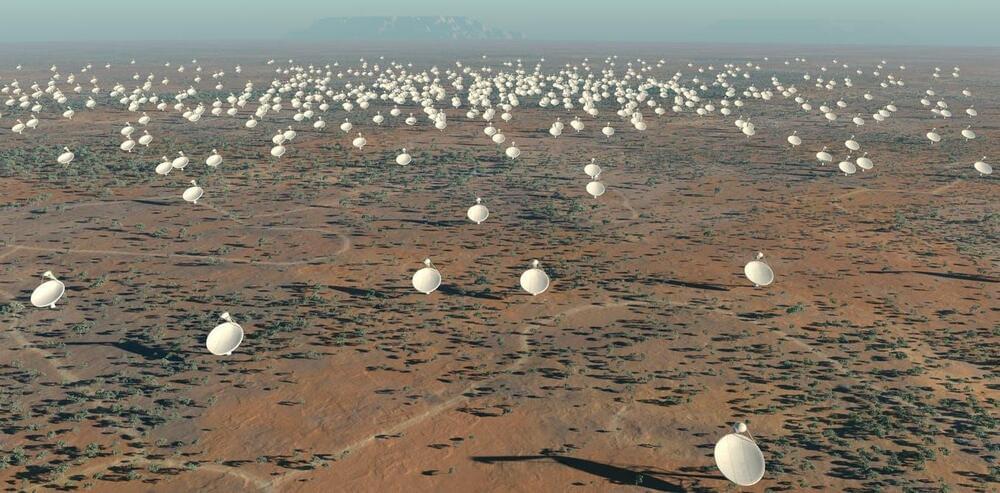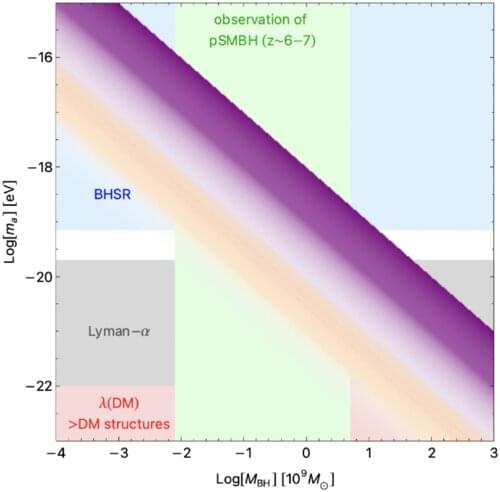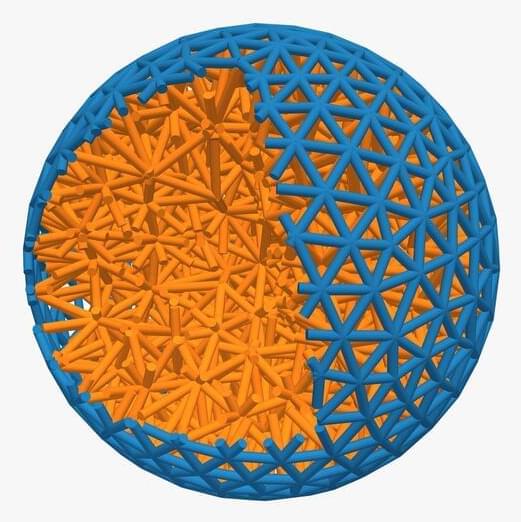Black holes are among the most compelling mysteries of the universe. Nothing, not even light, can escape a black hole. And at the center of nearly every galaxy there is a supermassive black hole that’s millions to billions of times more massive than the sun. Understanding black holes, and how they become supermassive, could shed light on the evolution of the universe.
Three physicists at the U.S. Department of Energy’s (DOE) Brookhaven National Laboratory have recently developed a model to explain the formation of supermassive black holes, as well as the nature of another phenomenon: dark matter. In a paper published in Physical Review Letters, theoretical physicists Hooman Davoudiasl, Peter Denton, and Julia Gehrlein describe a cosmological phase transition that facilitated the formation of supermassive black holes in a dark sector of the universe.
A cosmological phase transition is akin to a more familiar type of phase transition: bringing water to a boil. When water reaches the exact right temperature, it erupts into bubbles and vapor. Imagine that process taking place with a primordial state of matter. Then, shift the process in reverse so it has a cooling effect and magnify it to the scale of the universe.
